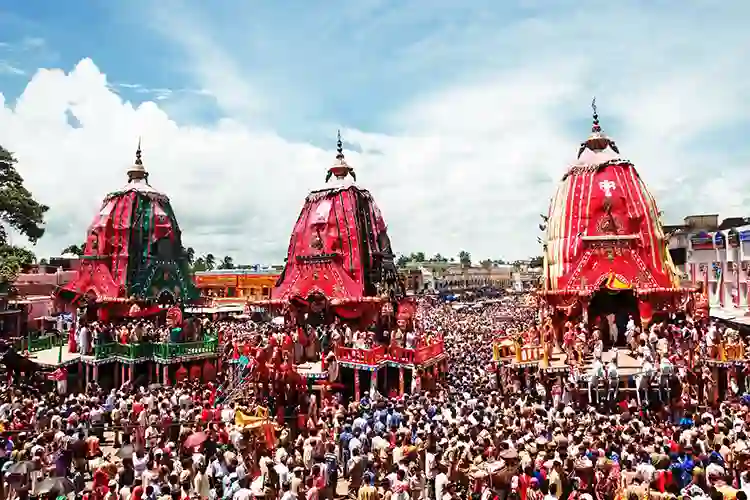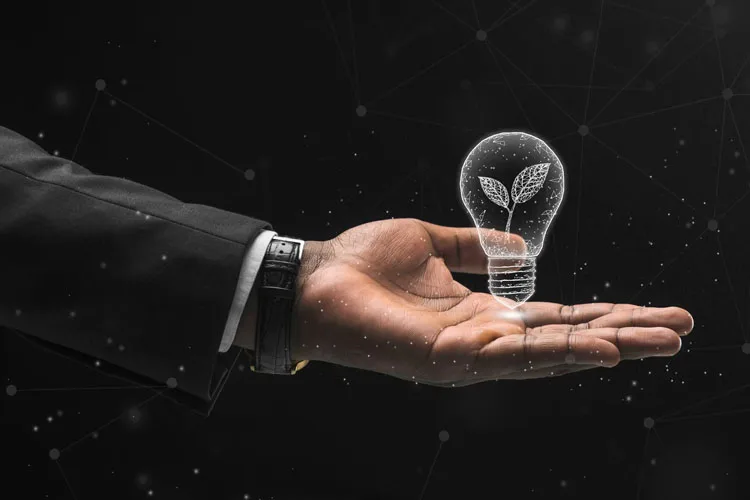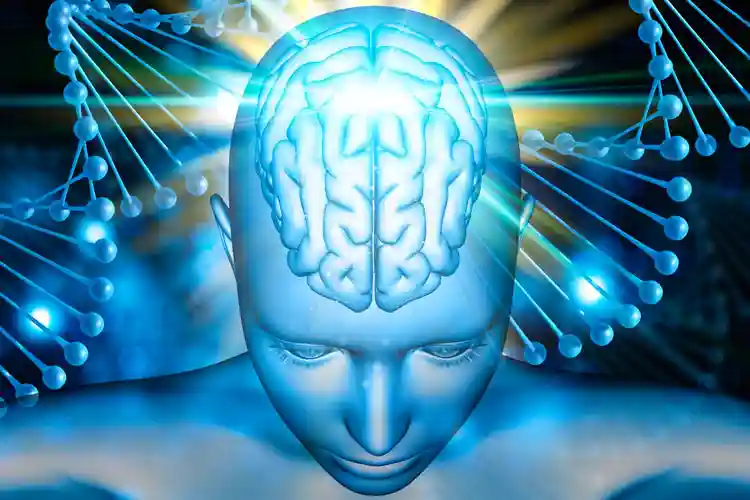Jagannath Rathyatra: Know How People Celebrate The Auspicious Day

Lord Jagannath is an incarnation form of the Hindu deity, Lord Vishnu. The term Jagannath itself refers to the one who is the lord of the Universe. Many holy scriptures like Brahma Purana, Padma Purana, and Skanda Purana describes the importance of Jagannath Rathayatra.
On this special day, people organize a 3-km-long procession of three chariots carrying Lord Jagannath, his brother Balabhadra, and sister Subhadra. Mainly, it is celebrated in the various parts of Odisha. Many local artists spend days decorating these chariots of three Hindu deities. On the day of Rathayatra, hundreds of devotees together step up to pull these chariots. This famous Rathayatra is celebrated in various cities of India since the late 1960s. Not only Hindus but Buddhists too commemorate this festival by participating in Rathayatra.
Moreover, this day commemorates Lord Jagannath visit with his elder brother Balabhadra and sister Subhadra to his birthplace, Gundicha Temple. Alright, moving on to check some important facts of this auspicious day.
Jagannath Yatra 2024 Date and Time
- Ratha Yatra: Sunday, July 7, 2024
- Dwitiya Tithi Begins: 04:26 AM on Jul 07, 2024
- Dwitiya Tithi Ends: 04:59 AM on Jul 08, 2024
Jagannath Rath Yatra Other Facts
Jagannath Rath is a unique in the sense that three Hindu deities are taken from their temples in a procession to meet & bless their devotees. Through this article, we will try to know about the story behind this festival, its importance & other related aspects. The main Ratha Yatra of Lord Jagannath is taken out in the eastern state of Orissa, but Jagannath Rath Yatra is also organised in other parts of the country, especially in the western state of Gujarat.Lord Jagannath’s Rath Yatra is considered to be the oldest Rath Yatra or chariot procession in the world. This festival marks the annual ceremonial procession of Lord Jagannath, his elder brother Balabhadra and younger sister Subhadra, from their home temple to another temple. It is believed to be the home of Lord Jagannath’s aunt. We also find mention of Jagannath Puri Rath Yatra in some traditional religious texts. Let us know about the history of Jagannath Ratha Yatra, the story of Jagannath Rath Yatra, and some interesting traditions associated with it.
The History of Jagannath Rath Yatra
Some mythological stories related to the origin of Rath Yatra reflect the socio-religious thinking and beliefs of the people of this region. Here are some mythological stories.
The Kansa Connection
Krishna’s maternal uncle Kansa wanted to kill Krishna and his brother Balrama. So, with this secret intention, Kansa invited Krishna and Balarama to Mathura. He sent Akrura with his chariot to Gokul. On being asked, Lord Krishna sat on the chariot with Balarama and left for Mathura. Devotees celebrate this day of the departure of Krishna and Balarama to Mathura as Rath Yatra. Devotees in Dwarka celebrate the day when Lord Krishna, accompanied by Balarama, took Subhadra – his sister – in a chariot to show the splendour of the city.
The Incident regarding the Ras Leela
Once, the queens of Lord Krishna requested Mother Rohini to narrate an interesting romantic affair (Rasa Leela) of Lord Krishna with the gopis. Rohini, considering Subhadra inappropriate to hear such an incident, sent her off. But Subhadra remained there with the incorporeal Lord Krishna and Balabhadra. When he was completely absorbed in the stories, Narada arrived, finding the brothers and sisters standing together; he prayed: May you three appear like this forever, and the Lord gave them a boon. Since then, all three reside in the Puri temple of Lord Jagannatha forever.
The Incident Concerning Cremation Of Lord Krishna’s Mortal Remains
Finally, a story that tells what happened after the cremation of Lord Krishna’s mortal body. When Shri Krishna was being cremated in Dwarka, Balarama, very sad, rushed to drown in the sea with Krishna partially cremated. Subhadra was behind him. At the same time, on the east coast of India, Jagannath Puri’s King Indradyumna dreamed that the Lord’s body was floating up to the banks of Puri. He should build a huge idol in the city and sanctify the wooden idols of Krishna, Balarama and Subhadra. Simultaneously, the ashes of Lord Krishna should be put in the hollow part of the back of the idol. The dream came true. The king found the pieces of ashes (bones) and brought them with him. But the question was who would carve the idols.
It is believed that the architect of the gods, Vishwakarma, arrived in the form of an old carpenter. He made it clear that no one should disturb him while carving the idols and if anyone does, he will disappear, leaving the work unfinished. Some months passed. The impatient Indradyumna opened the door of Vishwakarma’s room. As he had warned earlier, Vishwakarma immediately disappeared. Despite the incomplete idols, the king sanctified them and placed the holy ashes of Lord Krishna in the hollow of the idol and installed it in the temple. Since then, every year, a majestic procession is taken out in three huge chariots with idols of Lord Krishna, Balarama and Subhadra. Huge chariots are pulled by devotees from Janakpur to the temple at Jagannath Puri. The idols are replaced every 12 years, and the new ones are also kept incomplete.
Jagannath Puri Is One Of The Four Main Dhams Of India
Jagannath Puri Temple is one of the four most sacred temples in the four directions of India. The other three include Rameshwar in the south, Dwarka in the west and Badrinath in the north (Himalayas). The temple at Jagannath Puri is the only temple in the world that has idols of three deities who are siblings – Lord Krishna, Balarama and Subhadra.
Why Is Jagannath Yatra So Special?
It is the only festival in the world where deities are taken out of temples to visit devotees, and it is also the world’s largest chariot procession. Lakhs of people come here to witness the Jagannath Rath Yatra. The kings of the glorious dynasty still sweep the road here with a golden mop and three big 18-wheeled brother-sister chariots make their way in huge crowds. Their chariots, which are architectural marvels, are constructed in 42 days from over 4,000 pieces of wood by highly skilled craftsmen.
According to some beliefs, it always rains on the day of the procession. The doors of the temple remain closed for the first whole week and no one is allowed inside, as it is believed that after bathing in incense with 108 pitchers of water, the deities get a fever. The curing of their fever calls for a change of setting, which is why they go to their aunt’s house for a few days.
Why are there Two Rath Yatras and How are they Connected?
Dwarka in Gujarat, where Krishna’s half body was immersed in the sea, is situated on the west coast of India and Puri in Orissa, which lies to the east. About 500 hundred years ago, Shri Sarangdasji, a Hindu saint and temple priest from the Hanuman temple in Gujarat, traveled to Puri to worship at the historic Jagannathan Temple. While sleeping in the guest house of the temple, he received visionary instructions from Lord Jagannathan to go back to Ahmedabad in Gujarat and install three idols of Jagannathan, Balabhadra, and Subhadra there.
Following the instructions given in the dream, he established the Ahmedabad Jagannatha Temple. By doing so, he sanctified two places – one in the west, from where the mortal remains of Krishna were taken and the other in the east, where his mortal remains were finally brought. About 142 years ago, one of the disciples of the founder, Shri Narsinghdasji Maharaj started the Ahmedabad Rath Yatra. The deities, on chariots drawn by elephants and humans, make a journey in Ahmedabad similar to the one in Jagannath Puri.
What happens to the Chariots and Elephants after the Journey?
At the end of the festival, the chariots are broken, and their wood is used as fuel in the temple kitchen. The kitchen located in Jagannath Puri is believed to be the largest in the world, with 56 dishes cooked every day and food prasad distributed to 2,000 to 200,000 people. The elephants are sent back to the village land by the temple trust to roam free until the procession the next year.
The Worship Method of Lord Jagannath
Devotees worship Lord Jagannath by doing Vishnu Puja.
- Lord Jagannath lives among the general public from Ashadh Shukla Dwitiya to Dashami.
- During this time, worshipping and praying to him is all the more fruitful.
- You should join the Rath Yatra of God and also worship him.
- If you cannot participate in the main Rath Yatra, then you can participate in any other Rath Yatra.
- If this is also not possible, then worship Lord Jagannath at home, offer Malpua to Lord Jagannath and chant his mantras.
Let's Wrap it Up
You can receive blessings by participating in India’s biggest procession. The pure and beautiful atmosphere of Rath Yatra is the perfect setting to fulfill your wishes through Lord Jagannath.
Dealing with too much confusion? Talk to astrologers for the guidance. First consultation with 100% Cashback.
May this Rath Yatra bring prosperity to your life. Here’s wishing you and your family a very Happy Rath Yatra from the team of MyPandit.






